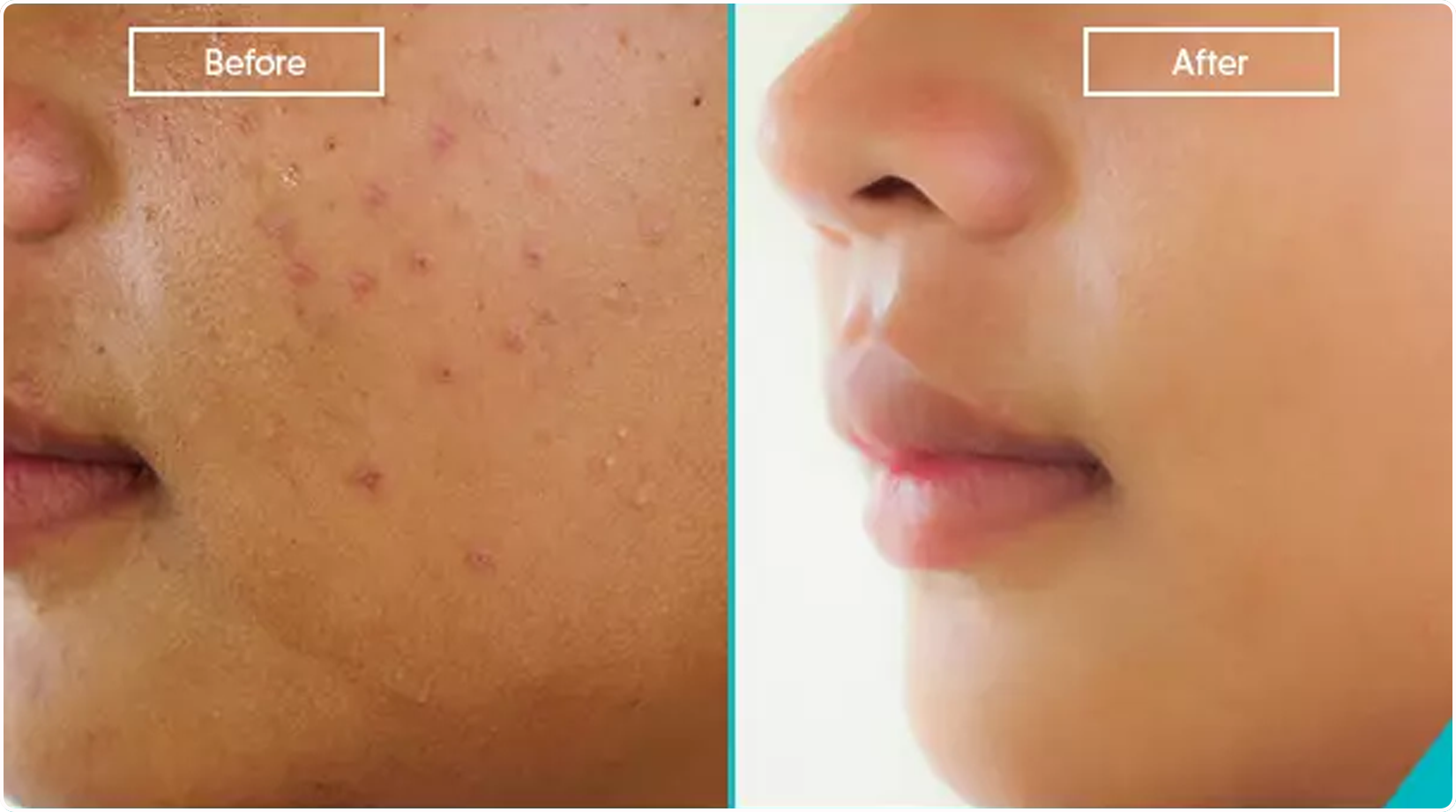
What is it?
Fractional face resurfacing is a cosmetic procedure that will help maintain the facial skin’s natural youth. It uses the noninvasive procedure of Fractional Laser Resurfacing.
This procedure treats only a fraction of the skin’s surface while leaving areas of untreated skin intact. It improves the overall texture of the skin, along with wrinkles, scars, sun spots, enlarged pores, and uneven pigmentation.
Fractional lasers are relatively newer forms of laser technology and it differs from other lasers with its ability to target imperfections and treat the microscopic areas of the skin. This will allow the treated areas to blend in with the untreated areas of skin, leading to an improved look of the skin without any wounds or irritation.
Who needs it?
The Fractional Face Resurfacing can be recommended for patients of all skin types. It is usually opted for the following reasons:
- Correction of scars from surgery, acne and pigmented lesions
- Reduction and removal of facial Lines and wrinkles
- Improving deeper wrinkles
- Repair of sun damaged skin on the face and neck
- Reduction of age spots and blemishes
- Reduction of skin pigmentation, even hyperpigmentation
- Removal of Stretch Marks
How does it work?
As in any laser treatments, a high-energy beam of light is directed to certain areas or tissues of the skin. The beams of light can be produced in one wavelength or one colour at a time. This can also vary with respect to their strength and the type of tissue they are used to target.
Laser resurfacing can be performed with either of the following types:
- Ablative Laser: helps removes thin layers of skin and is a type of wounding laser. There are different types of ablative treatments, including the carbon dioxide (CO2) laser and the erbium laser.
- Nonablative Laser: helps stimulate the growth of collagen and tighten the underlying skin. This is a non-wounding laser and has many different types like the intense-pulsed light devices.
Pre-Procedure
The doctor will first call the patients for a consultation, where they would have to:
- Provide the doctor information about:
- Their medical history
- Their past and present medications
- Their past cosmetic procedures, if any
- Take a physical examination of their skin and the area to be treated. This will help the doctor determine what changes to be made and how the patient’s skin characteristics can affect the results.
Once the doctor confirms the treatment plan, the following will be performed before the procedure:
- Take medication to prevent complications
- Avoid unprotected sun exposure
Procedure
During the ablative laser resurfacing, the laser is directed at the area of the skin to be treated. This will destroy the outer layer of skin. At the same time, the laser will heat the underlying skin causing the collagen fibers to shrink. As the wound heals, a new skin will form that will be smoother and tighter. This procedure usually takes 30 minutes to two hours, depending on the technique used and the size of the area treated.
During the nonablative laser resurfacing, the laser will damage the collagen beneath the skin, leading to the stimulation of new collagen to grow. This will tighten the underlying skin and improve both the skin tone and appearance. No skin will be removed.
Risks
- Redness, swelling, and itching
- Acne
- Infection
- Changes in skin colour
- Scarring
Post Procedure
- Apply a hypoallergenic moisturizer.
- Avoid creams with active ingredients such as AHAs or Retinoids, which might irritate the skin and could impede the healing process.
- Do not sleep on the treated area, to help avoid any swelling.
- Cool compresses or cooling gels such as aloe vera can be applied to the treated area if required.
- Avoid sun exposure during treatment and healing phases.


